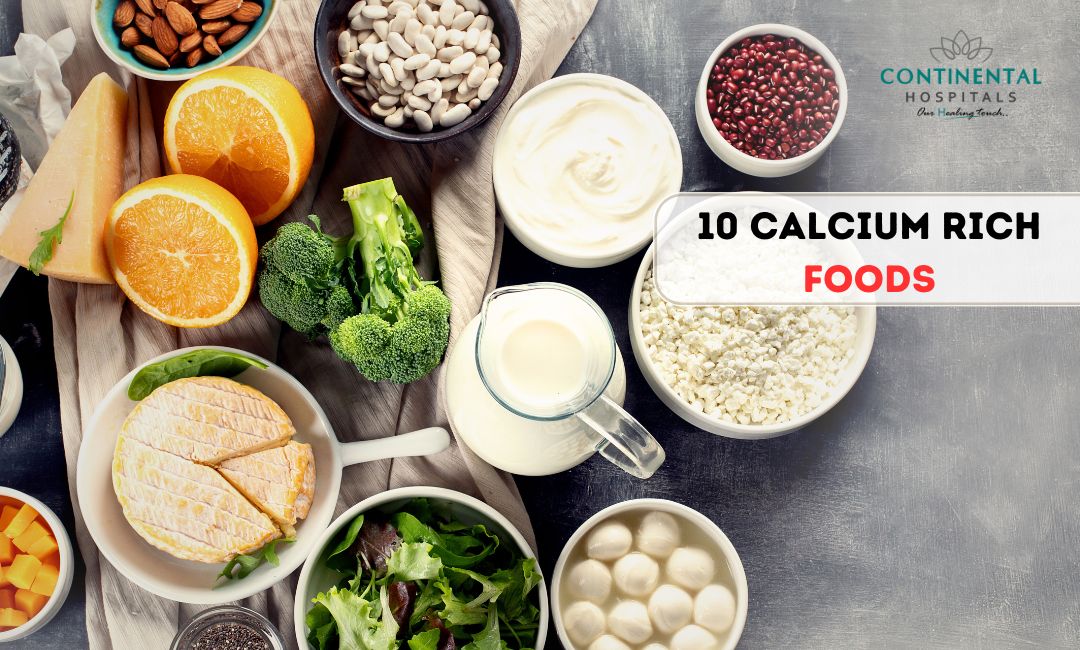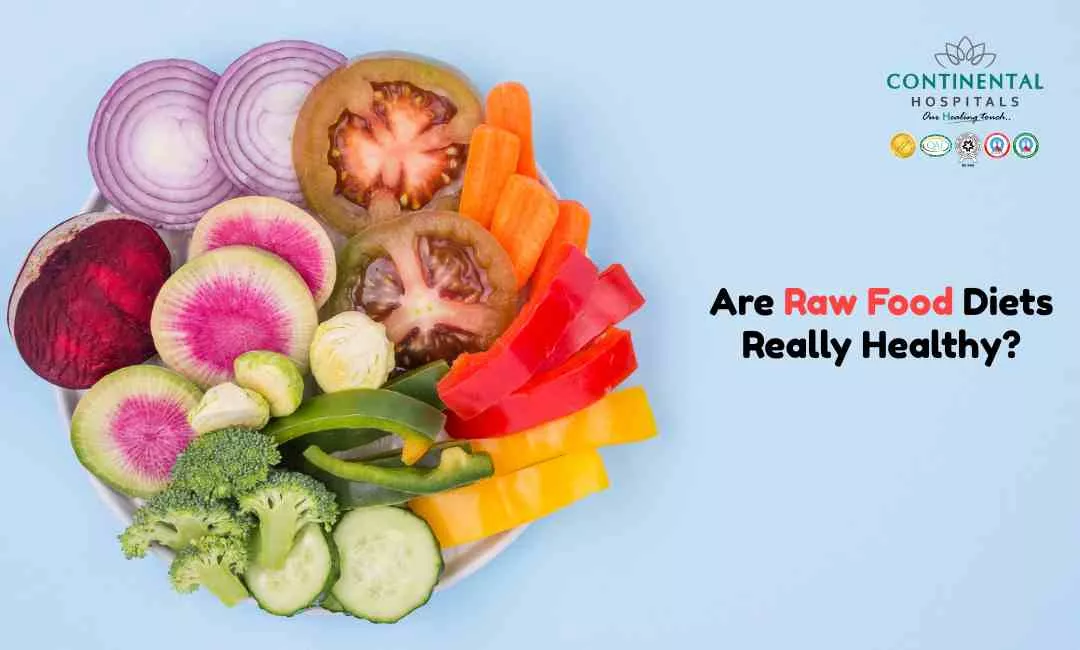Calcium is an essential mineral that plays a crucial role in maintaining strong bones and teeth, supporting muscle function, and aiding in nerve transmission. Many people turn to dairy products for their calcium intake, but there are numerous other sources of this vital nutrient. Whether you are lactose intolerant, vegan, or simply looking to diversify your diet, here are ten calcium-rich foods to consider incorporating into your meals.
What is Calcium?
Calcium is a chemical element with the symbol Ca and atomic number 20. It is an alkaline earth metal and one of the most abundant minerals in the human body. Approximately 99% of the body's calcium is stored in the bones and teeth, providing them with structure and strength. The remaining 1% is found in the blood, muscles, and other tissues.
10 Calcium-Rich Foods
Dairy Products
Dairy products such as milk, cheese, and yogurt are among the most well-known sources of calcium. One cup of milk contains approximately 300 mg of calcium, which is about 30% of the recommended daily intake for adults. Yogurt, especially Greek yogurt, not only provides a good amount of calcium but also offers probiotics that promote gut health. Cheese, particularly hard cheeses like Parmesan, can also be an excellent source. A single ounce of Parmesan provides about 330 mg of calcium.
Leafy Green Vegetables
Leafy greens such as kale, collard greens, and spinach are excellent non-dairy sources of calcium. One cup of cooked collard greens offers around 266 mg of calcium. Kale and turnip greens are also good options, providing around 100-200 mg per cooked cup. While spinach is rich in calcium, it contains oxalates that can inhibit calcium absorption, so it should be consumed in moderation and balanced with other calcium sources.
Almonds
Almonds are a great snack that provides a significant amount of calcium. One ounce (about 23 almonds) contains approximately 76 mg of calcium. Besides calcium, almonds are rich in healthy fats, fiber, and protein, making them a nutritious addition to any diet. Almond butter can also be a good alternative, offering similar benefits.
Sardines and Canned Salmon
Sardines and canned salmon with bones are superb sources of calcium due to their edible bones. Just one serving of sardines (about 3.75 ounces) can provide up to 325 mg of calcium. Similarly, a serving of canned salmon with bones can deliver around 180 mg. These fish also offer high levels of omega-3 fatty acids, which are beneficial for heart health.
Fortified Foods
Many foods are fortified with calcium to help people meet their daily needs. Common fortified foods include plant-based milks (such as almond, soy, and oat milk), orange juice, cereals, and tofu. For instance, a cup of fortified orange juice can provide around 300 mg of calcium, similar to a cup of cow’s milk. Always check the labels to ensure that the product is fortified and to know the exact amount of calcium it contains.
Beans and Lentils
Beans and lentils are not only rich in protein and fiber but also provide a decent amount of calcium. White beans, for instance, contain about 161 mg of calcium per cup when cooked. Black beans and chickpeas are also good options, providing around 60-80 mg per cup. Including a variety of beans and lentils in your diet can significantly contribute to your daily calcium intake.
Seeds
Seeds, especially chia seeds, sesame seeds, and poppy seeds, are packed with calcium. Just one tablespoon of poppy seeds contains about 126 mg of calcium. Chia seeds offer around 179 mg per ounce, while sesame seeds provide 88 mg per tablespoon. These seeds can easily be added to smoothies, salads, and baked goods to boost your calcium intake.
Amaranth and Quinoa
Amaranth and quinoa are ancient grains that are gaining popularity due to their nutritional benefits, including their calcium content. A cup of cooked amaranth contains around 116 mg of calcium, while quinoa offers about 31 mg per cup. These grains are also high in protein, fiber, and other essential nutrients, making them excellent additions to a balanced diet.
Figs
Dried figs are a sweet and nutritious snack that provides a good amount of calcium. About eight dried figs offer approximately 121 mg of calcium. Figs are also rich in fiber and antioxidants, which can contribute to overall health. They can be enjoyed on their own or added to salads, oatmeal, or yogurt for a calcium boost.
Edamame and Tofu
Soy products, particularly edamame and tofu, are excellent sources of calcium. One cup of cooked edamame provides around 98 mg of calcium. Tofu, especially when made with calcium sulfate, can be particularly rich in calcium. Depending on the brand and preparation, half a cup of tofu can contain between 200-400 mg of calcium. These foods are versatile and can be incorporated into a variety of dishes.
Incorporating Calcium-Rich Foods into Your Diet
Breakfast
Smoothies: Blend fortified plant-based milk with kale, almond butter, and figs for a calcium-packed smoothie.
Yogurt Parfait: Layer plain yogurt with fresh fruit, nuts, and a sprinkle of sesame seeds for a delicious and nutritious breakfast.
Lunch
Salads: Add chickpeas, sardines, or tofu to your salads, along with leafy greens like kale or bok choy, to boost the calcium content.
Sandwiches: Use whole-grain bread and layer with cheese, leafy greens, and tahini spread for a calcium-rich lunch option.
Dinner
Stir-Fries: Incorporate bok choy, tofu, and sesame seeds into a stir-fry for a tasty and calcium-rich meal.
Casseroles: Use white beans and collard greens in casseroles or stews to increase the calcium content of your dinner.
Snacks
Nuts and Seeds: Keep a mix of almonds and sesame seeds on hand for a quick and healthy snack.
Fruit: Enjoy dried figs or a fresh orange as a sweet and nutritious way to boost your calcium intake.
Conclusion
Meeting your daily calcium needs is crucial for maintaining bone health and supporting various bodily functions. While dairy products are well-known sources of calcium, there are numerous non-dairy options available for those who are lactose intolerant or follow a plant-based diet. Incorporating a variety of calcium-rich foods such as leafy greens, almonds, sardines, fortified foods, beans, seeds, ancient grains, figs, and soy products can help ensure that you receive adequate calcium. By diversifying your diet with these nutrient-dense foods, you can enjoy both the health benefits and the culinary variety they offer.
Related Blogs:
.webp)














